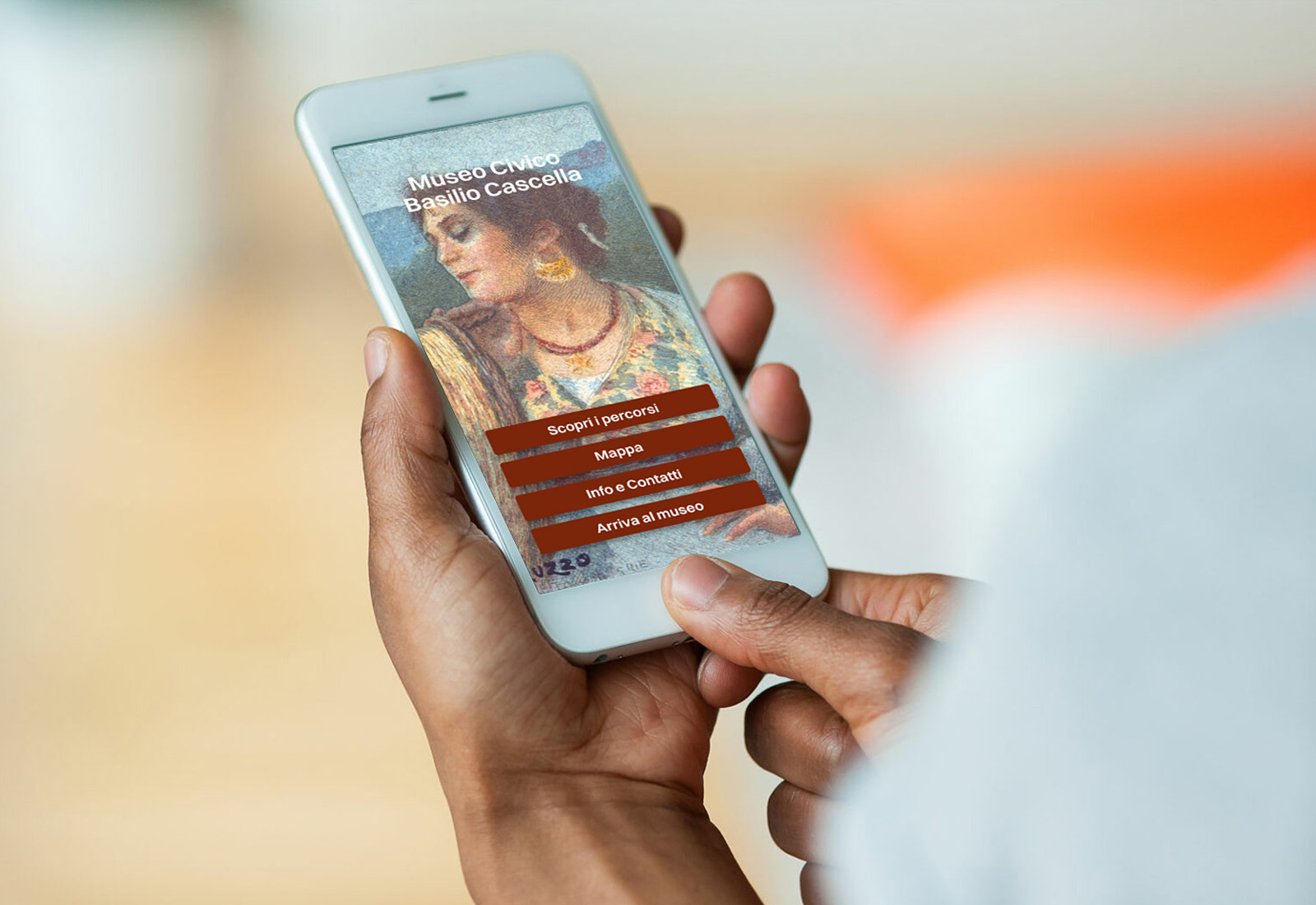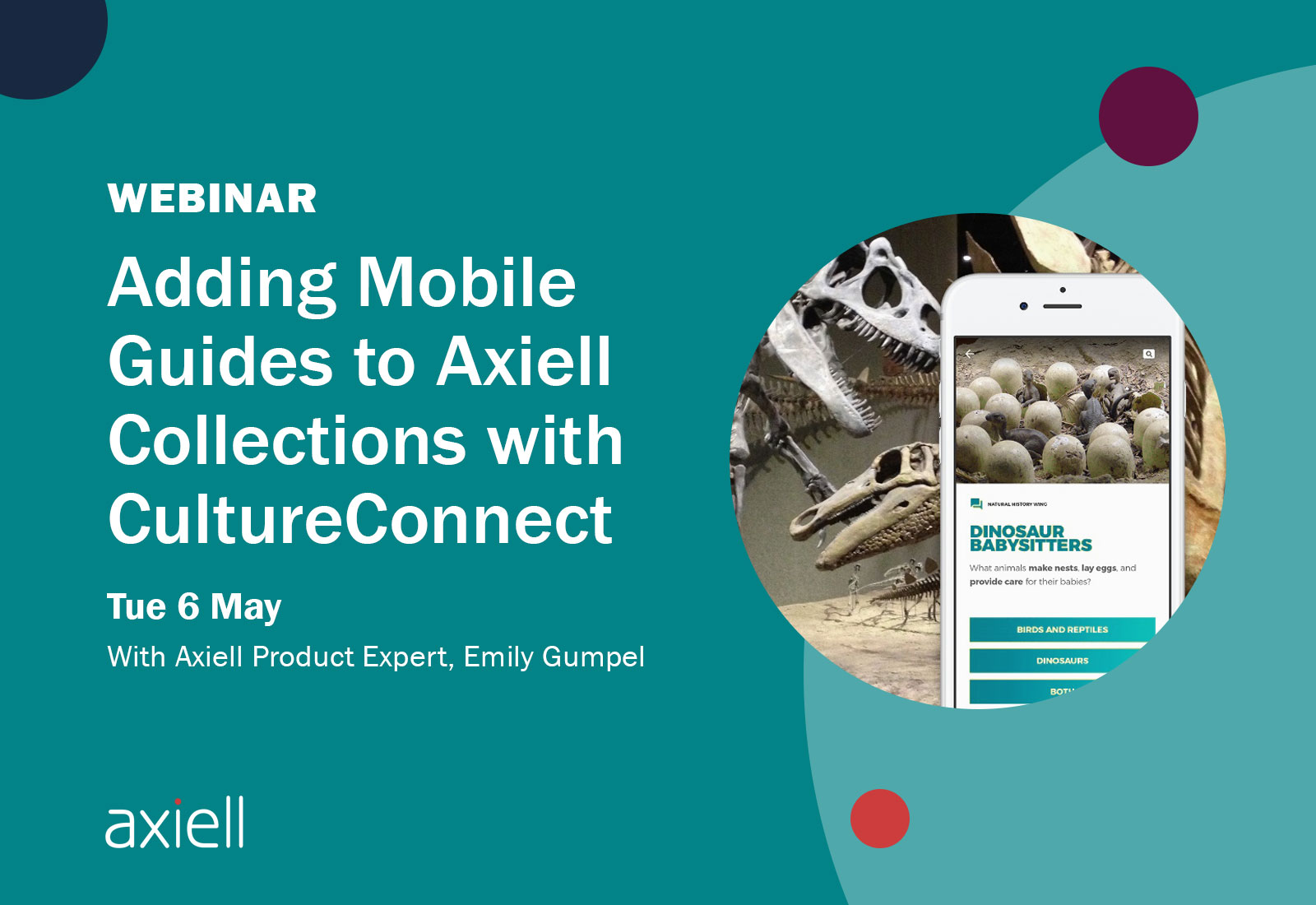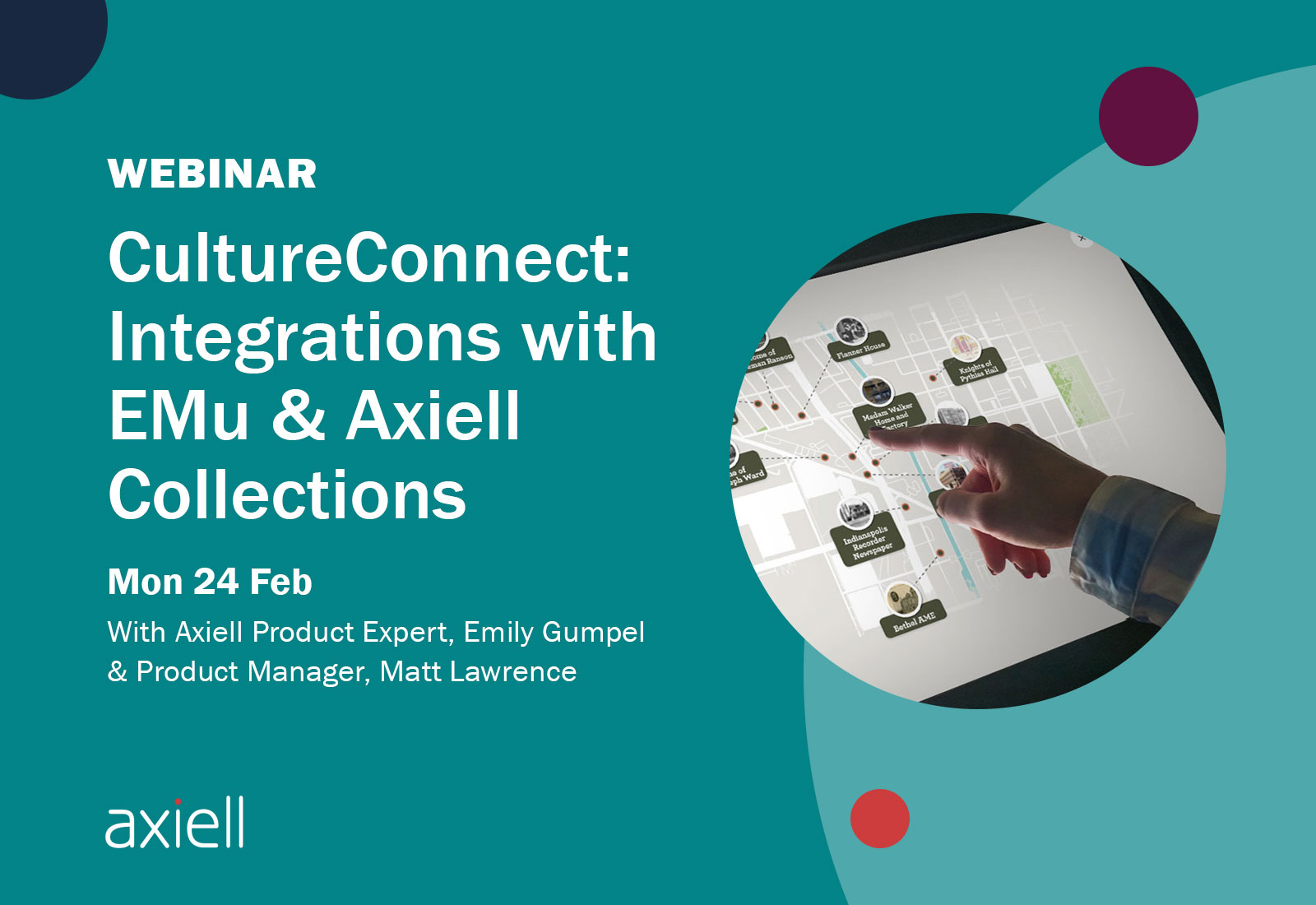![]()
CASE STUDY:
Bell Museum of Natural History
ACCESSIBILITY | MOBILE GUIDE | AUDIO TRANSLATION
NEW REPORT: Top Trends in Culture Technology
NEW REPORT: Top Trends in Culture Technology
![]()
ACCESSIBILITY | MOBILE GUIDE | AUDIO TRANSLATION
In July 2018, the Bell Museum, Minnesota’s official natural history museum and planetarium, celebrated a grand reopening in a new building on the University of Minnesota’s St. Paul campus.
To navigate the new building and exhibit spaces, the Bell Museum launched a mobile guide that serves a wide variety of visitors from the local community. This meant providing multi-language content for Spanish, Hmong, and Somali-speaking visitors as well as accessible tours for guests with low vision or no vision.
Over 36 points of interest throughout the museum, the mobile guide brings visitors on a wondrous journey through space and time, from the origin of life to the amazing diversity of nature.
Every stop on the tour features audio narration, a transcript and beautiful way-finding images of the exhibit spaces. Every image includes alt-text and the design meets accessibility standards from font type to color selection. The backend software was also upgraded to support the latest accessibility standards and to work smoothly with screen readers.
In addition to distributing the mobile guide to visitors on their own devices as a web app or through the App Store or Google Play, the Bell Museum also published the mobile guide in offline mode on iPods for visitors to borrow as needed.
For 36 points of interest throughout the museum, visitors can experience carefully crafted audio and navigate with both several traditional wayfinding features and more subtle cues. For example, the app’s color scheme altered to match the wall colors of each thematic area of the museum thereby linking the mobile experience with the physical space.
In addition to an English language version, there are three additional translations. For low vision and blind users there is a separate Audio Description Tour that slices in directional and descriptive narrative. Visitors can view transcriptions that are also readable by a device screen reader.
Get A DemoWhile we have always supported multiple languages, it required building duplicate tours for each language. Now, the CultureConnect Platform provides visitors with a seamless, end-to-end language experience. Visitors select their language at the start and can switch between languages as they use the mobile guide without losing their place.
The CultureConnect platform’s Language Center in the CMS empowers museums like the Bell Museum to build any language into any digital experience from mobile guides to kiosks to online exhibits! A simple set of streamlined and intuitive controls allows staff to add unlimited languages by adding translated media files and text for all pages. Our tools provide an easy cross-check for missed fields (if a field is missed the media or text will default to the primary language).
The translated text and audio, produced by Q Media Productions was added to the application alongside the English language tours.
Increasingly, the museum sector – and especially the Bell Museum — prioritize accessibility to best service a wide-ranging public audience rather than merely view it as a box to check. Improving accessibility for guests who are blind or have low vision required evolving our products and codebase to better support the latest accessibility standards.
But, the backend technology is only half the solution. Accessibility is as much about font sizes, quality alt text, and color contrast.
Get a DemoIn partnership with the Bell Museum, CultureConnect expanded its accessibility features in order to unlock meaningful interpretation to those visitors using screen readers or other accessibility settings on their personal device. We accomplished this through three primary platform and product upgrades:
The implementation of accessibility features required two rounds of testing. As the mobile guide is intended to guests who are blind or have low vision, it was essential that this population validated the efficacy of the mobile guide in the museum. This meant testing both content and software.
Content included everything from the way-finding images and alt text to the Audio Description Tour that accompanied the English language tour.
Testing the software included nuances in ARIA labels and screen reader functionality and how well it facilitated in-app navigation as well as way-finding in the physical space.
After the first evaluation, it was discovered that some devices, like the iPhone 5 did not comply with the expected behavior of the Bell Museum mobile guide when accessed through a screen reader. With this feedback, the CultureConnect development team was able to fine tune the experience to ensure consistent behavior across a variety of cell phones and tablets.

Learn more about how we’ve delivered results for our clients, or contact us to schedule a demo!
Axiell, the world’s leading provider of software and services for the cultural sector, has signed...
Read moreFrom interactive maps and audio tours, to fun quizzes and games, learn how Axiell’s Mobile...
Read moreLearn how Axiell customers are deploying digital storytelling, improving workflows, and enhancing accessibility with CultureConnect...
Read more




